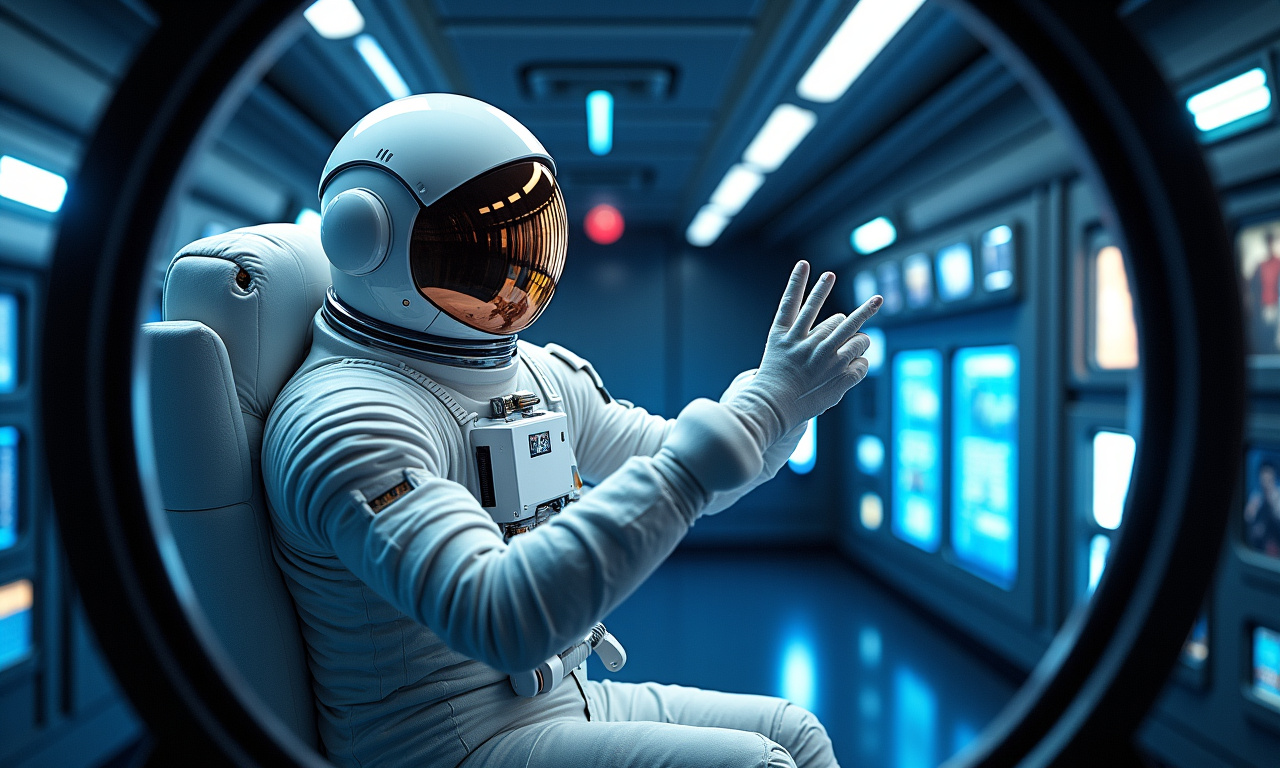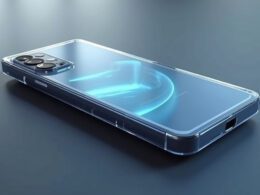Introduction
When an astronaut’s spacecraft enters orbit, their brain encounters a unique challenge: the familiar sense of gravity vanishes. This shift alters vestibular signals, causing traditional perceptions of ‘up’ and ‘down’ to fade away. This discrepancy between expected brain signals and the actual sensory inputs leads to Space Adaptation Syndrome (SAS), characterized by symptoms like dizziness, nausea, and disorientation. Around 50% of astronauts experience these symptoms while in orbit. Upon returning to Earth, the situation reoccurs, with the body needing to readjust to gravity-a particularly daunting task during splashdown when rapid exit from a rocking capsule might be required.
Existing Solutions and Their Limitations
Currently, anti-nausea medications are the primary line of defense against these symptoms. These drugs block certain signals in the brain, effectively reducing symptoms but also come with significant downsides such as drowsiness and decreased reaction times-critical in emergency situations. Moreover, long missions pose challenges with drug storage and stability, prompting the exploration of alternative approaches.
VR: A New Horizon
In a recent study, researchers tested a non-pharmaceutical alternative: virtual reality (VR) technology that synchronizes visual and vestibular cues. Participants underwent tests in varying pseudo-gravity environments and simulated capsule splashdown scenarios. They were divided into three groups receiving different visual VR information. The first group had no clear visual cues, mimicking reading in a car’s backseat where visual and inner ear signals conflict. The second group had a “side window” VR view matching real movements, while the third group saw a “front window” VR view displaying current motions and upcoming changes, akin to a road view ahead.

Illustration: Sora
Insights and Results
The results were quantitatively convincing. Around 66% of the first group felt too unwell to complete the test. In contrast, this figure dropped to about 20% for the second group. Impressively, only 10% of the third group with predictive motion cues ended participation early. Correctly configured VR scenarios reduced severe motion sickness symptoms by over 80% compared to the worst scenario lacking suitable visual guidance.
Broader Implications
The direct mechanism here is clear: when visual cues align with vestibular sensations, the signal conflict that triggers nausea and dizziness dissipates. Additionally, with the “front window” mode, the brain receives advance information about motion changes and can anticipate accordingly. The study authors suggest this approach holds potential beyond space travel. Similar VR ‘windows’ and motion-prediction schemes could be utilized in cars, airplanes, ships, autonomous vehicles-where passengers do not control their route-and even within VR systems themselves to reduce “cybersickness.”
Future Prospects
This work showcases a technologically simple, non-drug method to mitigate motion sickness in contexts demanding maximum concentration and readiness for action. For astronauts, this could signify a safer, more effective return to Earth. For terrestrial transport and VR, it lays the groundwork for new visual support systems that could ease the lives of millions impacted by motion sickness.





